Want to grow your twitter followers responsibly?
Trusted by 50,000 monthly users • since 2009
When you first start out on twitter you will probably just want people to follow you. You may not give too much thought as to who these followers are, where they come from, or what they are interested in.
But as you develop your online presence you will probably start to give more consideration to what it is you are trying to achieve. As you do this you will need to start thinking about the kind of followers you need and how you can get them. This is where your promotion will become more nuanced in terms of targeting.
I like to think of targeting as a spectrum of possibilities, from broad to targeted, to one-to-one. This works neatly for us because we can slot all the different promotion methods available to us into these categories. Let's discuss each one in turn.
Broad targeting is the process of promoting yourself to anybody, or at least to a very wide group of users (such as people in a certain country). Because it is less restricted, it is generally the fastest way to grow your audience.
It tends to lead to less engagement from new followers because their interests may not be exactly aligned with yours. But it can offer quick gains, and it works well if your niche is very broad too, such as entertainment, food, etc. It work very well for people who want to build a diverse and large audience, such as musicians, chefs, politicians, entertainers, writers, and so on. It is also good for new users who are looking to create some initial traction for their accounts.
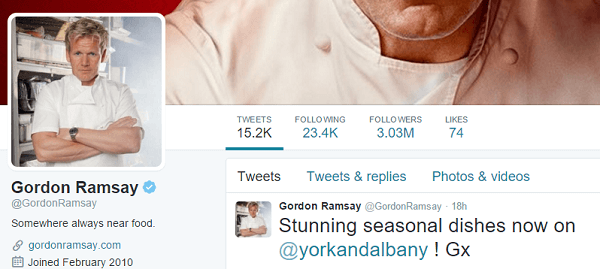
Many twitter purists discount broad promotion, in favour of one-to-one interaction (tweeting, replying, etc.). Their views are also valid, but for an entirely different set of outcomes which I'll discuss later. They usually don't consider the use cases for those trying to build large, wide followings.
Many broad promotion methods exist today and it is the easiest one to get started with. Twiends, twitter ads, featured promotion, and contests are all examples of broad promotion (although some can be targeted too).
If you want to try it out today then log into twiends and connect with a few people. You'll quickly notice other people following you in turn. You can take some further steps to filter certain countries and indicate your own interests too. After these initial connections you will need to move your efforts over to twitter to start interacting with these people.
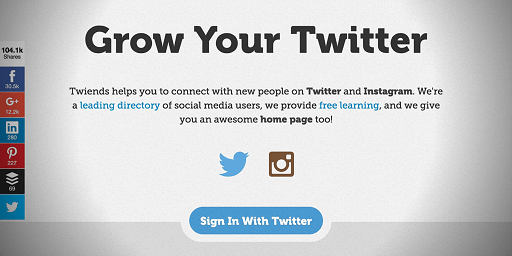
Creative tweeting can also be used as a broad technique if done right, as retweets will extend your reach beyond your direct following. Although it is very difficult for a new user to get their tweets noticed, if you have a growing audience and tweet something highly entertaining at the right time it can spread very fast.
These can be replicated if you are ready to tweet the right material at an opportune moment. This super-bowl ad is legendary for achieving this - it was tweeted by Oreo the moment the lights went out during the Super Bowl.

I won't include viral tweets as a broad based technique because they are almost impossible to replicate. I'm afraid to say that if you are trying to create that one viral tweet that spreads across the globe like lightning then you may as well give up. Some companies have entire teams of people dedicated to doing just this and even they can only get it right a few times, eg. Upworthy and Buzzfeed. This study by Buzzsumo shows how few posts ever go viral.

Targeted promotion means that you will target a specific group of users - usually those in your niche. It is slower than broad promotion but allows you to gain followers that are more aligned with your interests. This can lead to higher engagement down the road, and works best if your tweets are topical to your niche. It can often be more expensive in terms of time, effort and money, but can create more valuable connections in the long term.
Targeting can be done based on location, language, interest, etc. Twitter ads is probably the best example of promotion that can achieve high targeting. Using twitter ads you can attract followers who tweet certain keywords, or even live in a certain places. It does cost money, but it offers the greatest granularity.
There are many other ways to achieve targeting though, and quite a few of them are free. Running a follow contest with a niche-focused prize is a good example. So is creating content focused at your target audience - such as webinars, videos, tutorials, and blog posts.
If this material features your twitter prominently then you will attract new followers through it. A good example of someone that does this is Neil Patel. Besides owning his own websites, he also posts regularly on many prominent publications such as Forbes, Entrepreneur, and Inc.
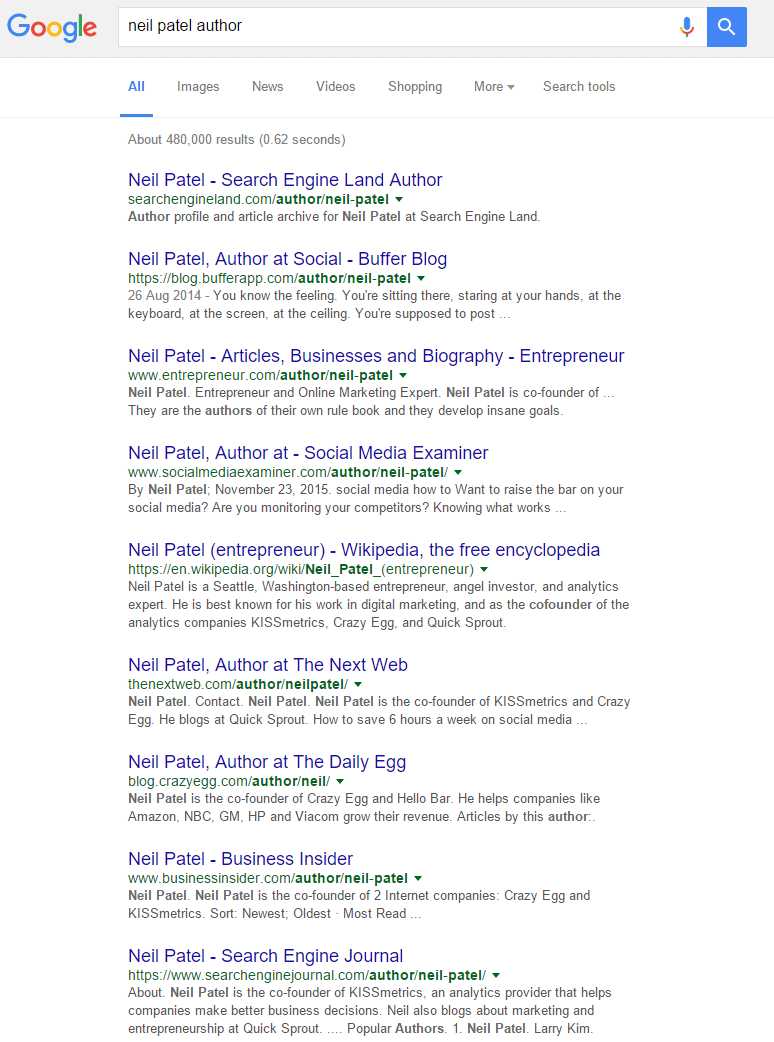
If you are a business, then using in-store or in-purchase giveaways is another great way to get followers. The basic premise here is to find ways to incentivize people who are already transacting with you to follow your twitter account. There are many ways to do this, such as including vouchers inside product packaging. The real power here though is when it is done in a highly creative way to attract followers and increase your brand relevance at the same time.
One-to-one targeting is the most focused of the three. This involves targeting a specific person, with the aim of getting them to follow you back. You can target peers with equal influence in your industry, or even those you would consider influential thought leaders. This practice is loosely defined as 'outreach', and has long been practiced in the fields of PR, link building, content marketing, etc.
Finding people to connect with is very easy. You may have someone in mind already, or you can do some searching. If it's the later then you can use twitter's built in search function to do this. There are also third party tools that will allow you to search using more criteria, such follower counts, social metrics, etc.
For a simple query like finding some bloggers interested in technology you would just search for "technology blogger". This will give you a list of people that are probably bloggers interested in technology, loosely sorted by relevance and popularity. The easier people to connect with may be further down the list, as they may have fewer followers, and they probably receive less interaction than those at the top.
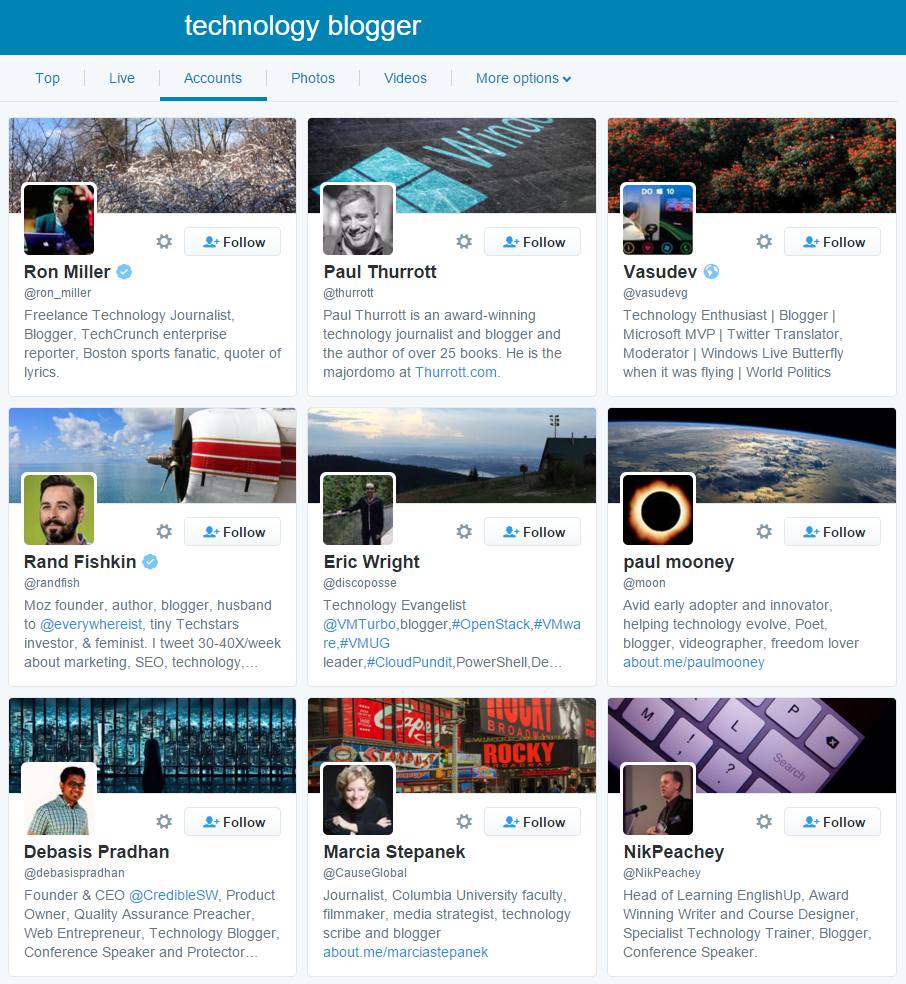
Outreach on twitter tends to be more casual, and works best with subtle interaction. Retweeting and replying to your potential connection is easy, and most people appreciate this type of interaction when it is not overbearing.
Someone may be guarded when receiving outreach via email, whereas they tend to be a little more accepting of it on twitter. If they can see you are a real person and not trying to sell them something then they will be more open to conversation.
We are all selfish, so by far the easiest conversation starters are the things that they are tweeting about already. Tweeting to someone about something unrelated to what they are talking about will probably just be ignored, or at worse blocked. At some point when you do this you are spamming, so interact with their stuff first, and your stuff only later once they know you. Don't do this:
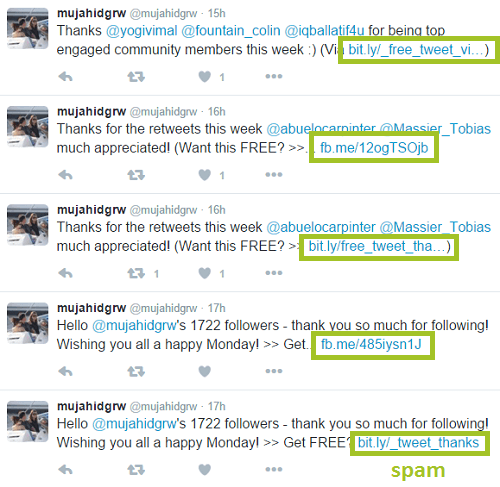
Some people may follow you straight way, while others may never follow you. Another person may follow you 5 mins after receiving your follow and before you have even tweeted to them. Be respectful of how the other person uses twitter. If someone has a million followers and follows 100 people in return it is unlikely they will follow you unless they have met you through other avenues.
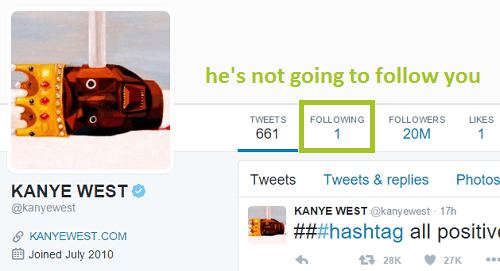
Although slow and time-consuming, outreach can lead to your most valuable followers - who are influential and pass on your message to their audience. Whether you focus on broad or targeted promotion, make sure you take the time to do a little one-on-one.
It took me a long time to get this right - not through lack of will but rather lack of good workflow. Twitter is 'noisy', and I used to miss a lot of conversations initiated by others. When I finally got organized and devoted a bit of time to this every morning and evening I got on top of it. Even if I miss an evening it's easy to catch up the next day. You can use 3rd party software to manage your conversations, or twitter's built in Mentions page:
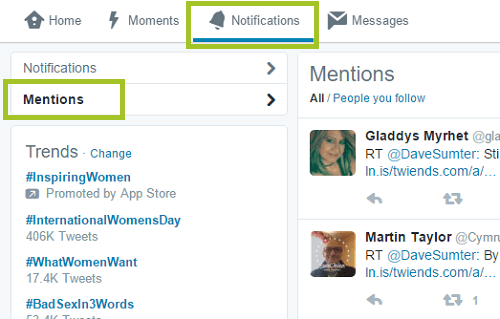
Understanding how you want your audience to look in the future will be key to deciding which type of targeting is best for your campaign. You'll need to be realistic about size vs scope, and pick the activities that will deliver the type of following you want. Here is what I like to use - with an obvious bias towards twiends on the broad side..!
There is some overlap there, and all of the above methods can be used with varying levels of targeting. But they tend to be best suited to those categories.